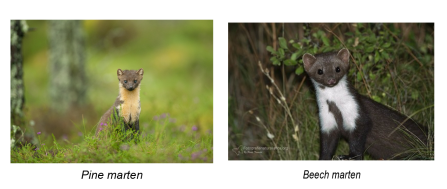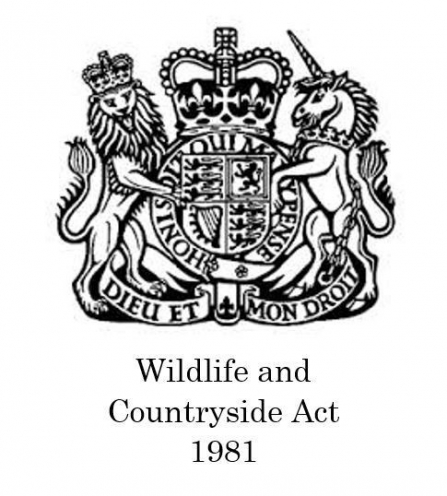Now that we are all familiar with mustelids lets delve into the main course, the European pine marten Martes martes. European pine marten?!? Yes, that’s right, the pine marten is not only native to the British Isles, but to continental Europe…I imagine they love a croissant or a Smörgåsbord as much as the next person.
So why are they being re-introduced to England? Where did they go? Well, let’s start with the big picture…
Pine marten global distribution
We can currently find pine martens almost anywhere within the boundaries of northern Finland, western Russia, southern Italy and western Ireland. They come up top-trumps in their versatility, with this distribution covering Mediterranean climates in the south, to subarctic climates in the north1. They share much of this continental distribution with the beech/stone marten Martes foina, who are very similar in appearance aside from their smaller ears, white bib…and more troublesome urban preferences. I am not referring to the beech marten’s Banksy-style street art or their love of a yoga class followed by brunch with the girls, but their preference of human dwellings - roof cavities and car wires. Pine martens prefer the smells of a grassy glade or a leafy nook, away from the hustle and bustle of urban life2.
Initially, much of what we knew of pine martens, their habitat and diet, was based on remnant populations in undisturbed habitats…such as mature conifer forests. However, in more recent years, studies of pine martens in the Med and Scotland have revealed the pine martens are not pine forest or even forest specific. Versatility wins again. As well as broadleaf and conifer woodland, they’re partial to shrubland and long rank grassland3,4, ideal for a cheeky field vole hunt I suppose.



